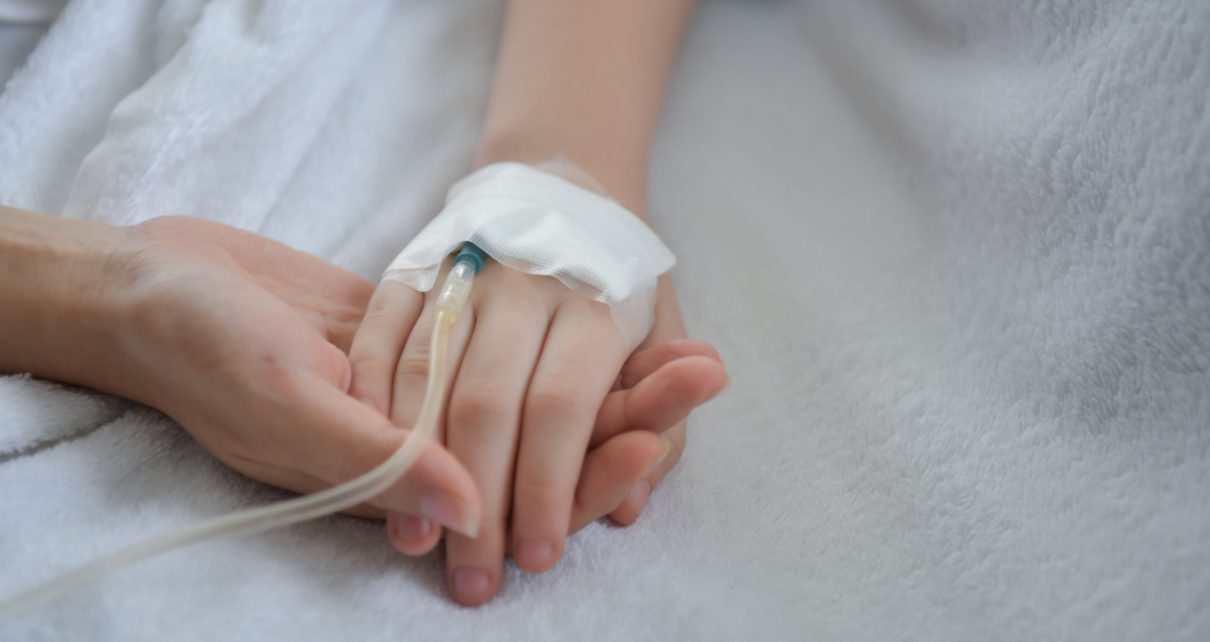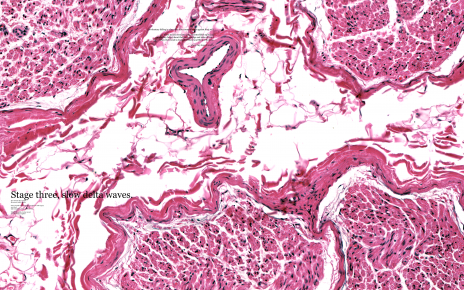My patients are children, and my patients often die. As a pediatric neuro-oncologist, my practice frequently brings me to the beds of dying children and the funerals and memorial services that follow. I have the privilege of supporting families from diagnoses to cure or demise. Early in my career, I was required to come to terms with my faith. The families I support struggle with the same conflict and rarely end up anywhere near the middle.
Just a week before COVID-19 swept the East Coast of the United States, I had the privilege of witnessing the moving and surprisingly beautiful death of a child on the inpatient floor of our children’s hospital. This particular patient was diagnosed with diffuse intrinsic pontine glioma, or DIPG. An inoperable, malignant tumor of the brainstem with a median survival time of nine months from diagnosis. This patient had thus far beaten the odds, but at nearly a year and half out from diagnoses, and multiple experimental therapies behind her, it ultimately took her life. Her Irish Catholic family held strong to their faith while acknowledging the likely inevitable loss they would soon face. I, as I often do with such patients, held to my faith in science. I had hoped and believed that perhaps after decades of research, one of the trials on which she was enrolled might finally make a difference in the survival of these patients.
My role as a pediatric neuro-oncologist very much differs from many oncologists in the modern era, especially my colleagues focused on pediatric blood cancers. Overall survival and outcomes of pediatric cancers have improved remarkably over the preceding four decades, largely due to national and even international collaborations in late-phase trials. Cure rates of the most malignant pediatric brain tumors, however, haven’t budged. While this is partly due to inadequacies in funding, it is not due to lack of trying. There have been hundreds of trials attempting to improve survival rates with little to no success. As such, frequently, my role in treating these tumors is to provide hope, truth and unwavering support. While I lean on science to provide these pillars, my patients often find them in religion.
As is nearly always the outcome of DIPG, in the end, I stood at the bedside with this patient’s parents, siblings and grandparents as we watched the monitor count down her final breaths. A priest was called, and as if by clockwork, the last beat of her heart was projected on the monitor as he completed the Last Rites, “May the Lord Jesus protect you and lead you to eternal life.”
We cried together. We hugged. We thanked each other. And the family left. I pulled myself together, completed my patient rounds for the day and went home to my own children. As the week passed, I checked in on the family and confirmed funeral plans. COVID-19 exploded, and the plans changed. While we were originally to congregate at a small Catholic chapel, we were instead directed to participate via a Zoom conference link.
I have participated in many religious services, but this was my first via teleconference. As the immediate family and religious leaders congregated around the coffin, the extended family, friends, community members and medical practitioners who cared for this young girl signed onto their computers or mobile devices. The act of mourning is always associated with hugging, holding, closeness—and it helps the bereaved. There would be none of that here. The service was cold, isolated, sterile. Most of those on the Zoom call had their cameras off; whether to hide the tears or lack of proper funeral attire is unclear. But I could imagine them at home, alone, in front of the blue glow of their screens, watching in disbelief. Science had failed this family yet again; it failed to control the virus and allow a proper burial, and it failed to provide any real warmth through its neutered attempt at simulated social norms.
But the family took comfort. In the church. In the Mass. In the sacrament. While their faith in God sustained them despite the outcome, my faith in science suffered. Greatly. In The Demon-Haunted World: Science as a Candle in the Dark, Carl Sagan stated that “Science is not only compatible with spirituality; it is a profound source of spirituality.” This has thus far defined my own faith, but I sure could use a backup right about now.



